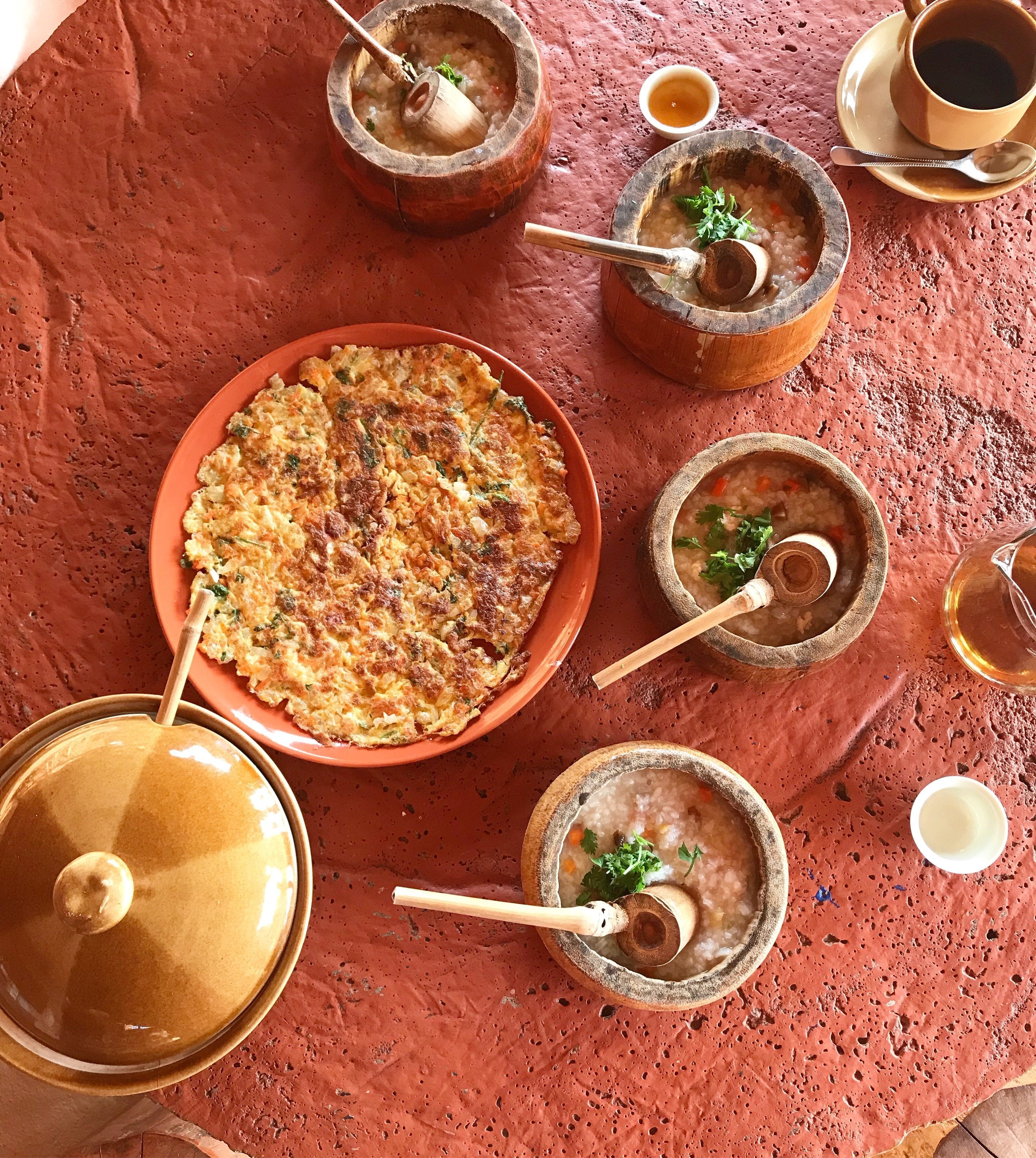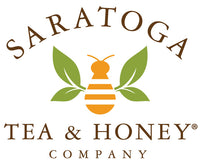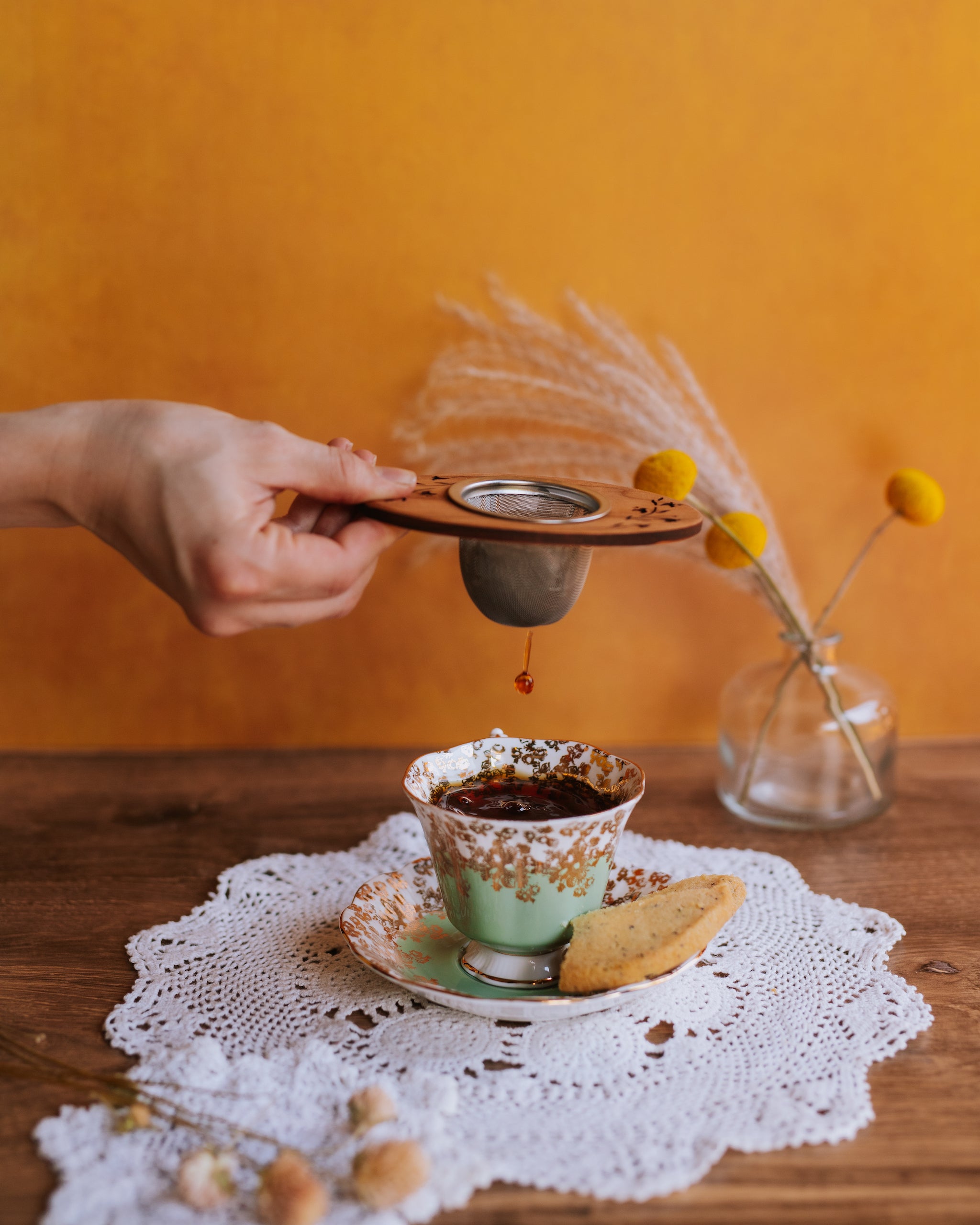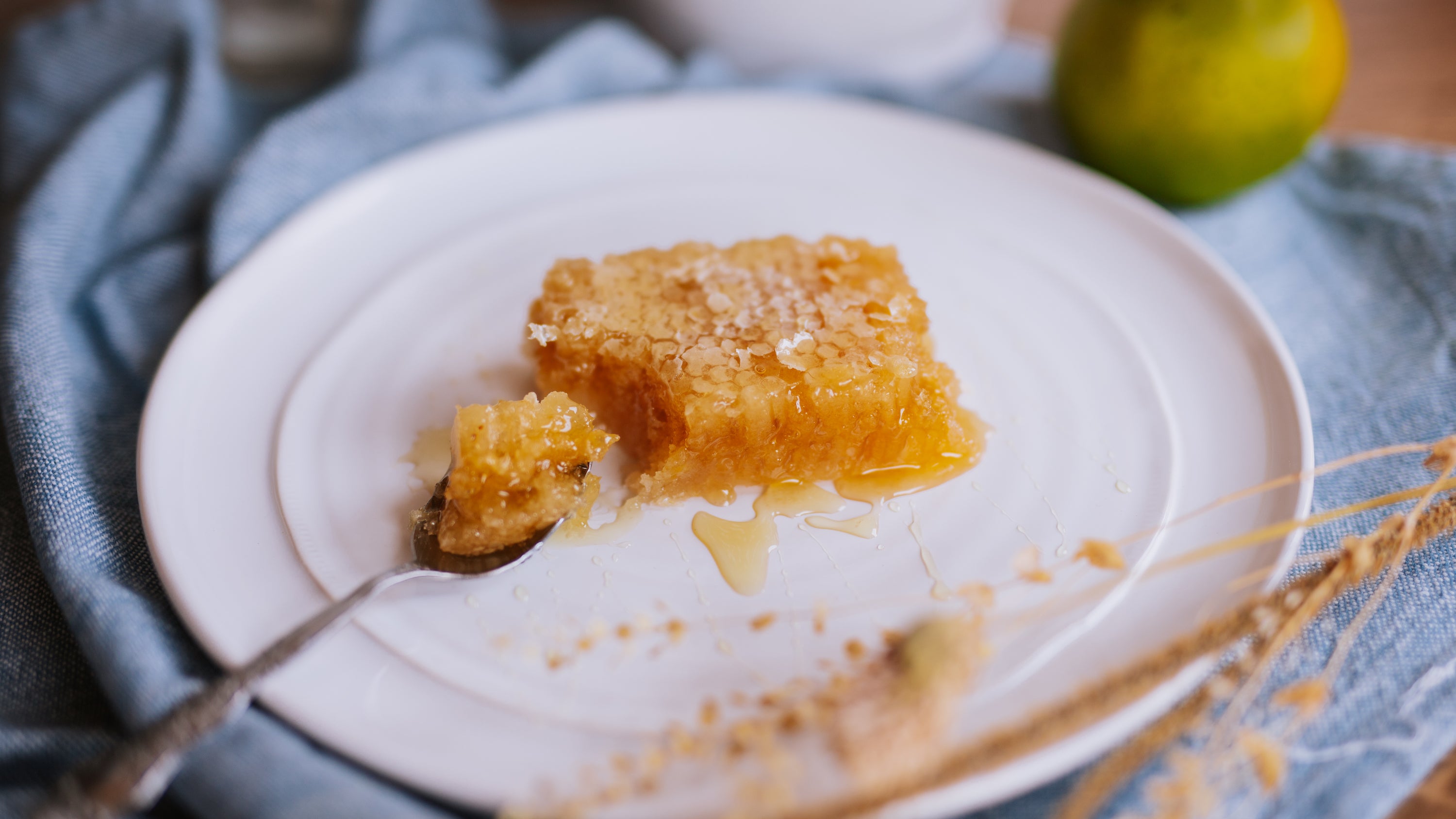
In the remote woodland hill regions of northern Thailand, in the province of Chiang Rai, tea trees flourish in the tropical climate. This area is part of the historical tea regions that anthropologists have found as the birth place of tea. This tea belt traverses through Yunnan Province, China to northern Assam, India, Laos and present day Myanmar, into Northern Thailand and Vietnam.

This geographical region bordering Laos and Myanmar was known as 'The Golden Triangle' as it was a hot spot for the production of opium. Today, this area has been turned over by the Thai government to a more sustainable crop, tea. Tea shares the landscape with cherries, coffee, lychee and wonderful citrus.
We discovered Mae Salong to be a quiet village, with many vendors of tea. As we explored and stopped for tea tastings, we came across the production of Assam black tea at one of the villages producers. It is always amazing to experience the fragrance of freshly harvested wilting tea leaves. It is too beautiful for words.
Many of the tea varieties in this area were brought over from Taiwan decades ago and their style of tea is similar to that of the mountain producers in central Taiwan. We tasted Jin Xuan No. 12, Oriental Beauty, Qing Xin No. 17 amongst others. I decided to bring home a Hoarfrost, or winter frost harvest, oolong that has a unique sweetness and is unlike any tea I have tasted. I also choose a Rose Scented Oolong, as its fragrance and delicacy was enchanting and unique.

Fresh Tea Leaves Withering

Women sorting through the fresh black tea, removing stems.
That evening, we were welcomed by the indigenous Ahka tribe just a few miles away. Their children toured us around their little village, we dined on their local food cooked over a fire and slept in mud huts. It was really a remarkable experience.






